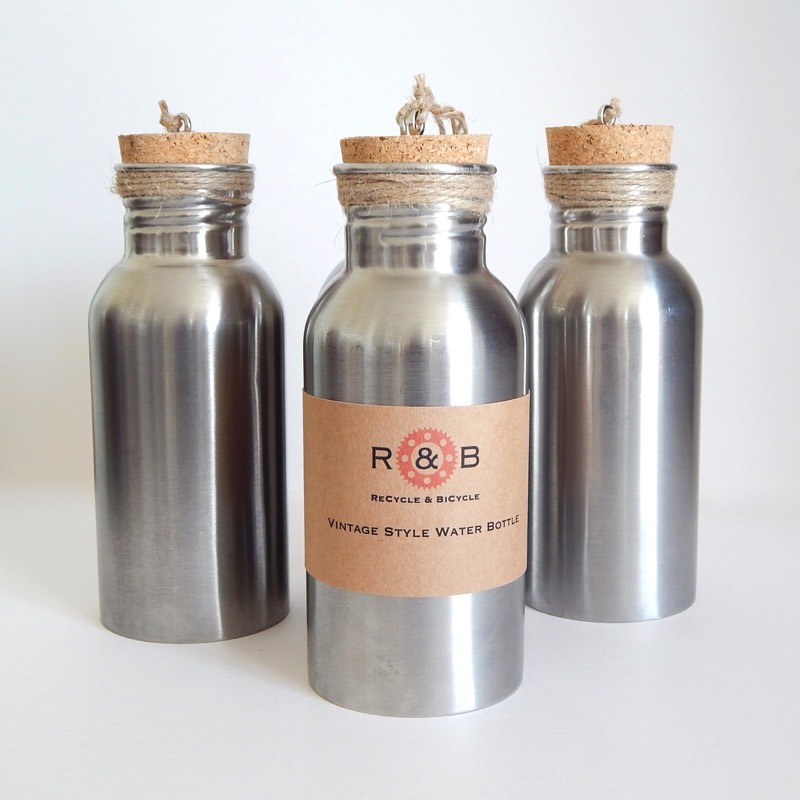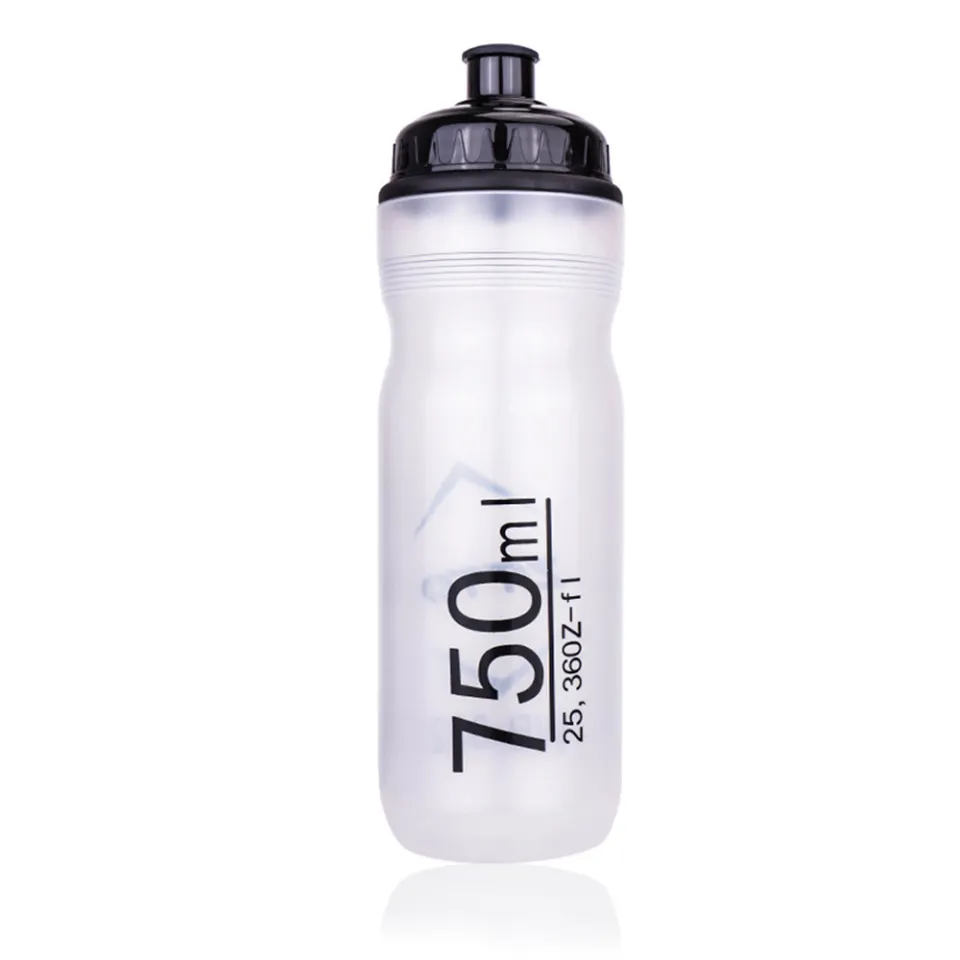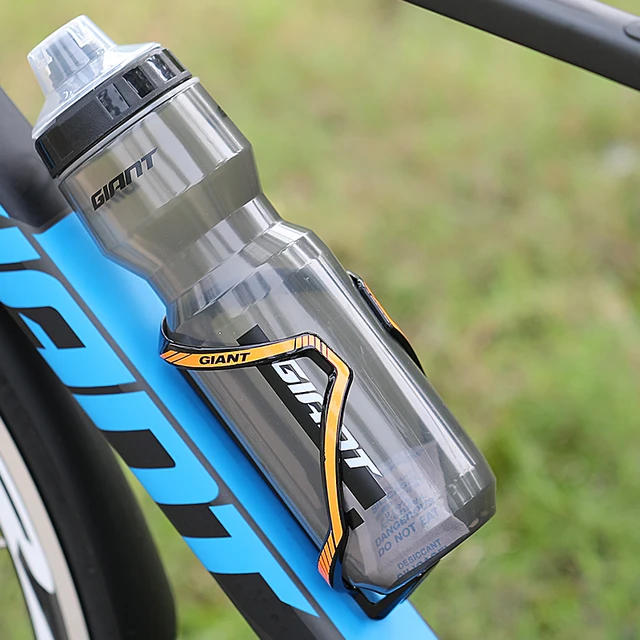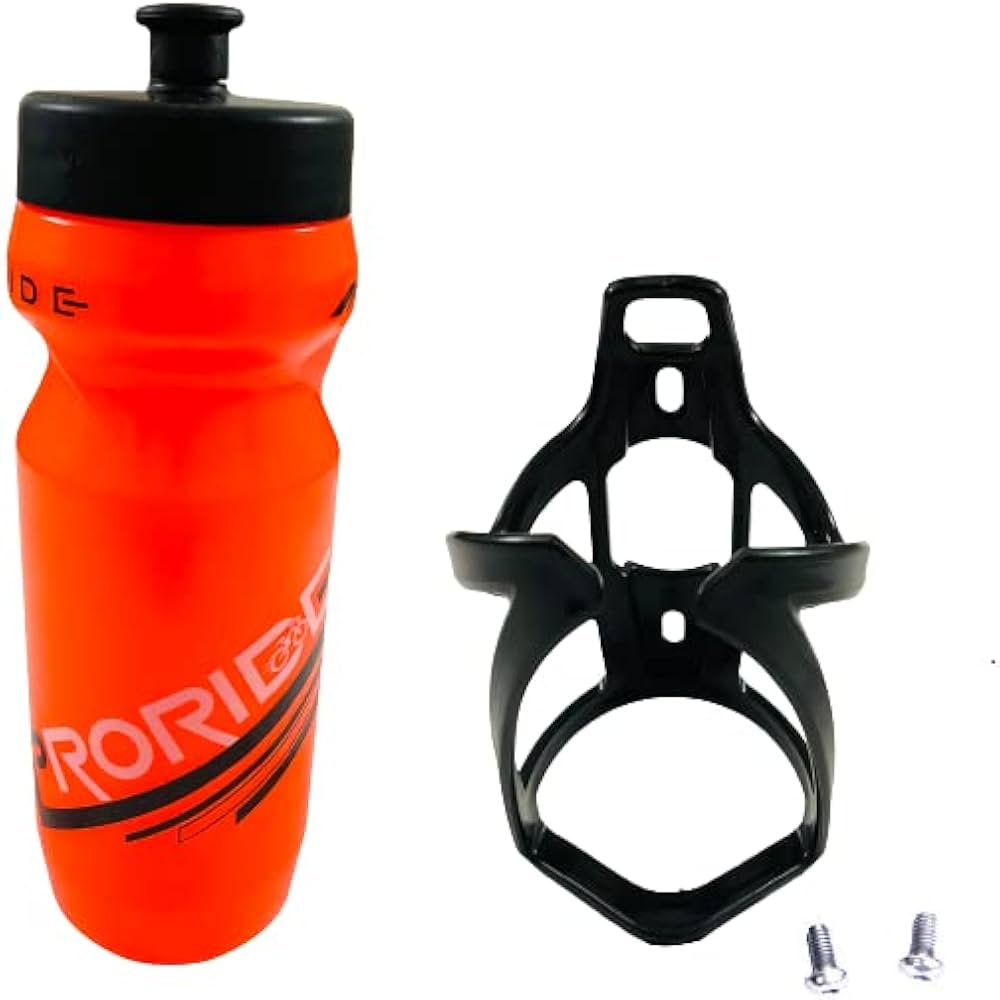I. Introduction

A. Understanding the significance of staying hydrated while biking
Staying hydrated while biking is crucial for maintaining optimal performance and overall health. Whether you are a casual rider or a competitive cyclist, proper hydration is essential to ensure that you can pedal efficiently and avoid the negative effects of dehydration.
B. The role of the bicycle water bottle in maintaining hydration on the go
The bicycle water bottle plays a pivotal role in helping cyclists stay hydrated while on the go. It provides a convenient and accessible way to carry and consume water or other hydrating beverages during rides, ensuring that cyclists can replenish fluids as needed.
II. Benefits of Using a Bicycle Water Bottle
A. Convenient access to hydration during rides
One of the primary benefits of using a bicycle water bottle is the convenient access to hydration it provides during rides. Unlike traditional water bottles that need to be stowed away in a backpack or attached to the bike frame, bicycle water bottles are typically designed to fit snugly in a bottle cage mounted on the bike, allowing cyclists to easily reach for and drink from their water bottle without having to stop or dismount.
B. The impact of dehydration on biking performance and health
Dehydration can have a significant impact on biking performance and health. When cyclists become dehydrated, they may experience decreased endurance, muscle cramps, fatigue, and impaired cognitive function, all of which can hinder their ability to ride effectively and safely. Additionally, dehydration can lead to heat-related illnesses such as heat exhaustion and heatstroke, which pose serious health risks.
C. Eco-friendly alternative to disposable plastic bottles
Using a bicycle water bottle is also an eco-friendly alternative to disposable plastic bottles. By investing in a reusable water bottle specifically designed for cycling, cyclists can reduce their reliance on single-use plastic bottles, thereby minimizing their environmental footprint and contributing to sustainability efforts.
III. Choosing the Right Bicycle Water Bottle

A. Considerations for size and capacity
When choosing a bicycle water bottle, it’s important to consider the size and capacity that will best suit your needs. Larger bottles are ideal for longer rides or hot weather, as they can hold more water to keep you hydrated. However, they may be bulkier and heavier. Smaller bottles are more compact and lightweight, making them suitable for shorter rides or for those who prioritize weight savings. Consider your typical riding conditions and duration to determine the most suitable size and capacity for your bicycle water bottle.
B. Material options and their benefits
Bicycle water bottles come in a variety of materials, each with its own set of benefits. Plastic bottles are lightweight and affordable, but may retain odors and flavors over time. They are also prone to wear and tear. Aluminum bottles are durable and offer better insulation, but they can dent and may also impact the taste of the water. Stainless steel bottles provide excellent durability and insulation, and they do not retain flavors, making them a popular choice for many cyclists. Consider the advantages and drawbacks of each material to choose the one that best suits your preferences and needs.
C. Additional features such as insulation and easy-to-use caps
Additional features can enhance the performance and convenience of a bicycle water bottle. Insulated bottles help keep beverages cold (or hot) for longer periods, which can be particularly beneficial during rides in extreme temperatures. Look for bottles with easy-to-use caps that allow for quick and hassle-free access to water while riding. Some bottles come with straw or nozzle attachments for easy sipping, while others have protective caps to prevent leaks and ensure cleanliness. Consider these features to find a bicycle water bottle that aligns with your hydration and usability preferences.
IV. Proper Hydration Practices for Cyclists
A. Importance of regular water intake during rides
Regular water intake during rides is critical for maintaining hydration and preventing dehydration. As a general guideline, cyclists should aim to consume water every 15-20 minutes, particularly during strenuous or prolonged rides. This frequency may need to be adjusted based on factors such as temperature, humidity, and intensity of exercise. Pay attention to your body’s cues and make a conscious effort to drink water consistently throughout your rides.
B. Electrolyte replacement and its role in long-distance cycling
In addition to water, electrolyte replacement is essential for long-distance cycling. Electrolytes, such as sodium, potassium, and magnesium, are lost through sweat and are vital for maintaining proper muscle function, fluid balance, and overall hydration. Consider incorporating electrolyte-enriched sports drinks or electrolyte supplements to replenish these essential nutrients and support sustained performance during extended rides.
C. Tips for staying hydrated in different weather conditions
Staying hydrated in different weather conditions requires thoughtful planning and adaptation. In hot weather, increase your fluid intake to compensate for elevated sweat rates and the greater risk of dehydration. Opt for insulated water bottles to keep your beverages cool and refreshing. In colder temperatures, hydration needs may be overlooked, but it’s important to continue drinking water to prevent dehydration, particularly during long rides. Additionally, be mindful of potential freezing of water in your bottle, and consider using insulated bottles to minimize this risk.
V. Maintenance and Care for Bicycle Water Bottles
A. Regular cleaning and sterilization to prevent bacterial growth
Proper maintenance and care of your bicycle water bottle is crucial to prevent bacterial growth and ensure that your hydration source remains clean and safe. Regularly cleaning and sterilizing your water bottle helps eliminate any buildup of bacteria, mold, or mildew that can occur over time. Use a bottle brush, mild soap, and warm water to thoroughly clean the inside of the bottle, paying attention to any hard-to-reach areas. After cleaning, rinse the bottle with clean water and allow it to air dry completely before using it again.
B. Inspecting for wear and tear, and when to replace
Inspecting your bicycle water bottle for wear and tear is essential to maintain its integrity and functionality. Look for signs of deterioration such as cracks, scratches, or discoloration that may compromise the bottle’s structure or potentially contaminate its contents. Additionally, check the bottle’s cap and sealing mechanism for any signs of damage or wear that could lead to leaks. If your water bottle exhibits significant wear and tear, or if it becomes increasingly difficult to clean and maintain, it may be time to consider replacing it with a new one to ensure optimal hydration and safety.
C. Storing and transporting the water bottle securely during rides
Proper storage and secure transportation of the water bottle during rides is important to prevent loss, damage, or contamination. Ensure that your water bottle is securely fitted in a bottle cage attached to your bike, minimizing the risk of it falling out during bumpy rides or jostling movements. Additionally, consider using a protective cover or insulating sleeve for your water bottle to safeguard it from external impacts and maintain the temperature of its contents. When not in use, store your water bottle in a clean and dry environment to prevent the growth of mold and bacteria.
In conclusion, maintaining and caring for your bicycle water bottle through regular cleaning, proper inspection for wear and tear, and secure storage during rides is essential for ensuring its longevity, cleanliness, and functionality. By incorporating these maintenance practices into your cycling routine, you can continue to rely on your water bottle as a dependable source of hydration to support your biking adventures.

